Word Used to Describe the Shape of Animal Cells
Adjectives are words that describe a noun. The elongated shape of these cells allows the contraction.

Labeling Plant And Animal Cells Made By Teachers Plant And Animal Cells Animal Cell Word Bank
Spirilla or spirillum for a single cell are curved bacteria which can range from a gently curved shape to a corkscrew-like spiral.
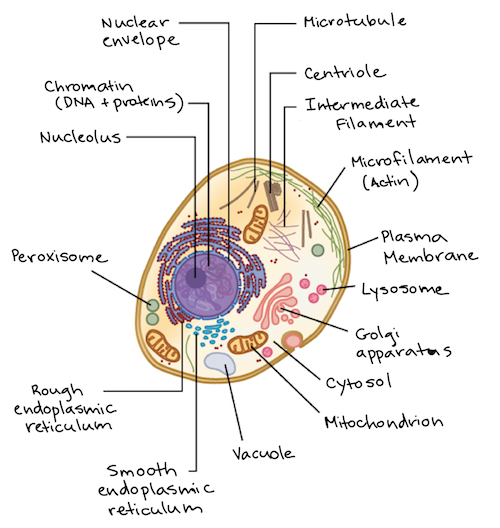
. Identify all the methods that a virus can use to gain entry into an animal cell. Observe the two flasks and record information about their appearance. Describe the stages of the cell cycle Notes.
Skeletal muscle cells are arranged in bundles of linear fibers. Icosahedral capsids look like three-dimensional polygons but may appear fairly sphericaljust as a soccer ball is spherical yet made of multiple hexagon and pentagon shapes. The first difference is a structure known asഠchloroplasts which plant cells have and animal cells do not.
Unlike an animal cell the plant cell does not burst. The nuclei of most cells are either round or oval. Specimen Type Description Plant cell Animal cell Bacteria cell Investigation 2 9 points.
These cells are elongated in shape and contain myofibrils or thin strands made of the proteins actin and myosin. Small region of cytoplasm adjacent to the nucleus. This condition of chromosomes is found during the interphase resting stage of the cell.
Two shapes of viral capsids are _____ which resembles a bracelet. This is because plant cells have a rigid cell wall around the plasma membrane. The cytoplasm is a thick clear jelly-like substance present inside the cell membrane.
Adjectives to use with artwork. The word _____ is used to describe viruses which have a non-icosahedral or non-helical arrangement. The varying and irregular shapes of animal cells.
Animal cells have many distinct characteristics when compared to plant cells including their varied shapes their many types of organelles their centrioles cilia and lysosomes and their cell-to-cell junctions. Chromosomes are rod-like or thread-like thin coiled elastic and contractile structures known as chromatin threads. Even though the cartoon drawings do not look like it the cytoplasm contains mostly water.
Moreover in certain specialized cell types altered nuclear shape is important for cell function. This in itself is hardly remarkable except for the fact that various diseases as well as aging are associated with alterations in nuclear shape Fig. There are three terms used to describe tonicity when comparing two solutions separated by a membrane.
Capsids of some animal viruses have icosahedral symmetry. While both plant and animal cells have a cell membrane onl plants have a cell wall. Cells come from existing cells.
Coccus bacillus and spirillum are terms used to describe bacterial morphologies. Wraparound objects curve around the sides of whatever they are fitted to. Becuse plant cells need structure and the cell wall gives it that and it also gives it a defined shape and animals have spines instead so it.
However due to the cell walls of plants the visible effects differ. For artistic purposes the cytoskeleton is shown in just one place in the animal cell when in reality it is found throughout the entire cell. Free thesaurus definition of words used to describe the shape of objects from the Macmillan English Dictionary - a free English dictionary online with thesaurus and with pronunciation from Macmillan Education.
The cell would then expand. Cell division must occur in multicellular organisms in order for them to grow and to replace damaged or worn out tissue. The second對 major difference between plant and animal cells is the cell wall.
Although some effects can be seen the rigid cell wall can hide the magnitude of what is going on inside. They range from 01 µ to about 30µ in length and from 02µ to 2µ in diameter. Bacilli or bacillus for a single cell are rod-shaped bacteria.
The effects of isotonic hypotonic and hypertonic extracellular environments on plant and animal cells is the same. They can be words that are descriptive or just the opposite and show what something is not. One of a pair of small cylindrical cell organelles near the nucleus in animal cells.
Vivid colorful dramatic emotional-aesthetic-aggressive-soft-stark-intense-bold-realistic-three dimensional-two dimensional-unique-floral-muted-expressive-regal. Chloroplasts are what give plants their green color. Muscle Cells Muscle cells are responsible for contraction and relaxation so as to cause motion of body parts.
Or _____ which is a type of polyhedron. Biology relating to or consisting of animal or plant cells cell wall noun a strong layer that surrounds each cell in some living things protecting them and giving them shape chloroplast noun a part of a plant cell that contains chlorophyll. Describe the colors shapes and how the cells are spaced.
What do you see with your eyes. Cytoplasm - A term for all the contents of a cell other than the nucleus. If nothing has changed write no change.
It is a rigid and stiff structure surrounding the cell membrane. Upon swelling with water. It provides shape and support to the cells and protects them from mechanical shocks and injuries.
Animal cells also lack chloroplasts and cell walls which are found in plant cells. A description of the shape of a cell is called the cell morphology. Cocci or coccus for a single cell are round cells sometimes slightly flattened when they are adjacent to one another.
Most of the chemical reactions within a cell take place in this cytoplasm. Not all cells keep the ability to divide many specialised cells only go through the cell cycle once they have to be replaced by stem cells eg red blood cells. Fusion of the viral envelope and the cell membrane.
Composed of nine triplet microtubules and form the asters during mitosis. Coccibacillus are a mix of both while vibrio are shaped like a comma spirilla are shaped like a helix a spiral sort of like a stretched-out Slinky and spirochetes are twisted like a screw. The most common cell morphologies are cocci spherical and bacilli rods.
Hypotonic hypertonic and isotonic.
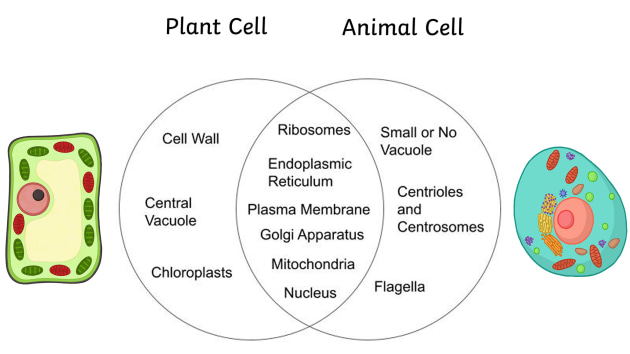
What Is An Animal Cell Definition And Functions Twinkl

Plant Vs Animal Cells Venn Diagram For Educational Purposes Venn Diagram Plant And Animal Cells Animal Cell Cell Biology Notes

Animal Cell Structure Function Types And Defination Yb Study

Cells Blank Plant And Animal Cell Diagrams To Label Note Plant And Animal Cells Science Cells Learning Science

Plant And Animal Cell Science Worksheet Plant And Animal Cells Science Lessons Elementary Science Worksheets
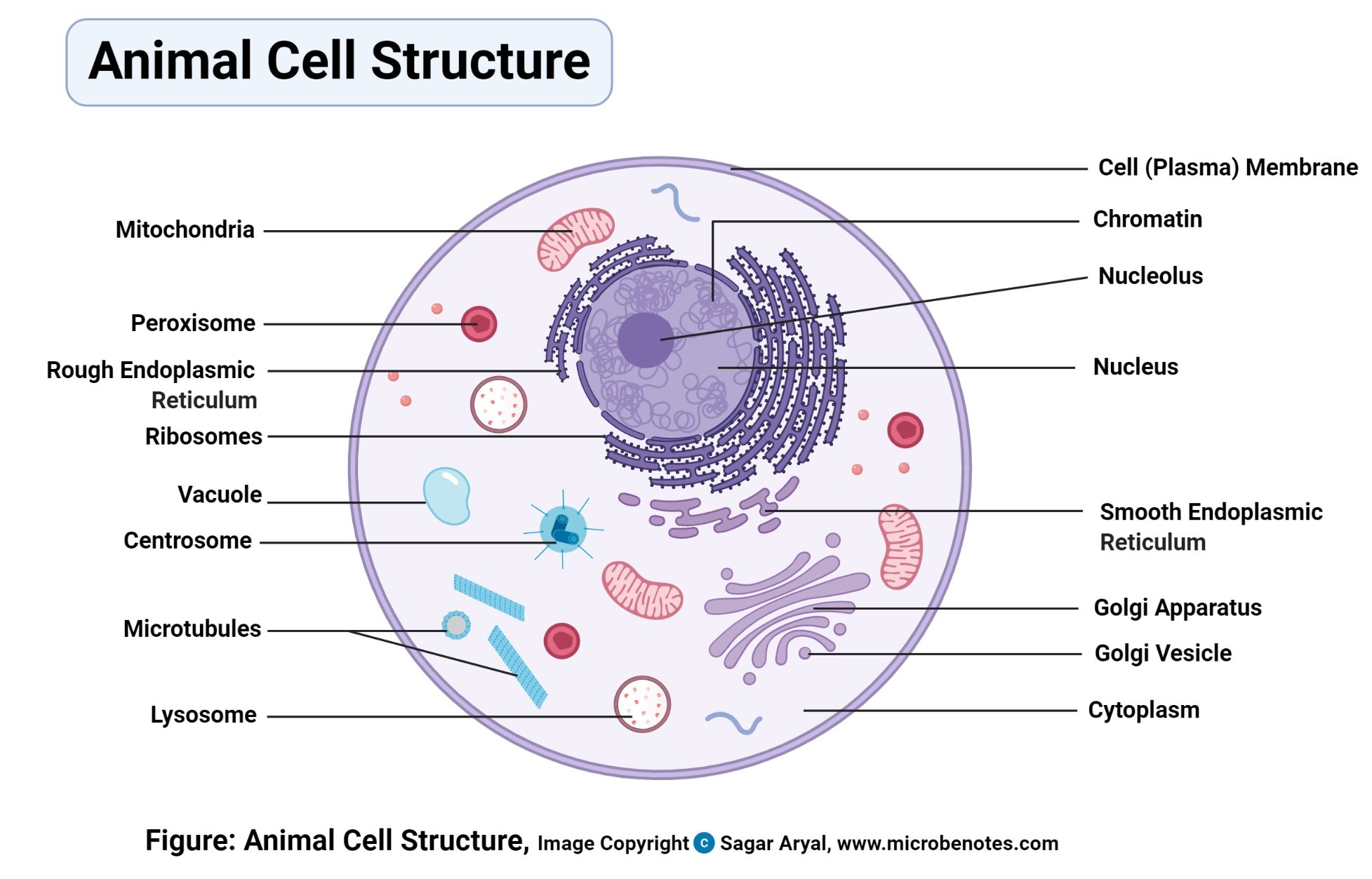
Animal Cell Definition Structure Parts Functions Labeled Diagram

Plant And Animal Cell Sort Plant And Animal Cells Science Cells Animal Cell
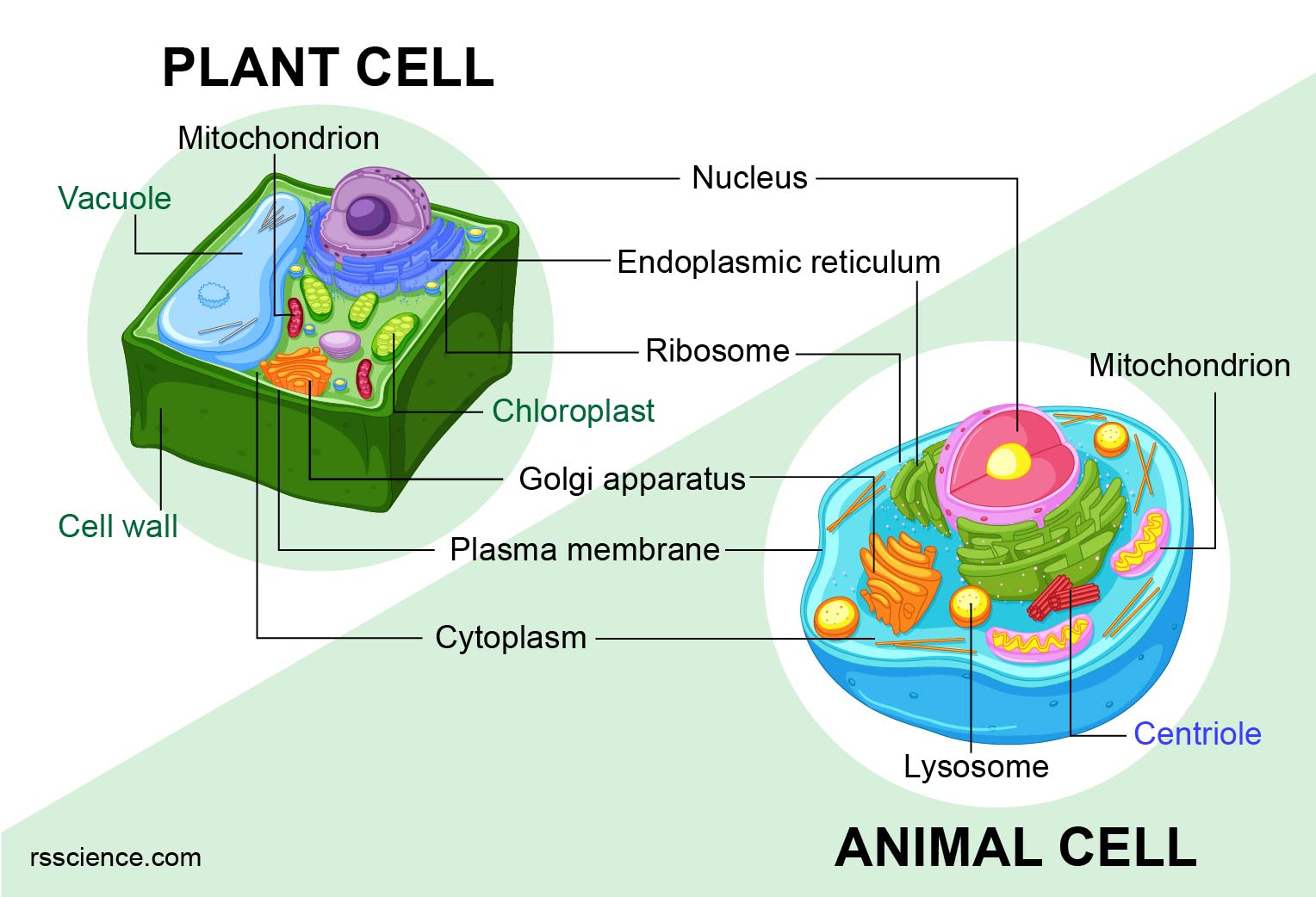
Animal Vs Plant Cells Similarities Differences Chart And Examples Rs Science

Animal Cell Structure Function Diagram And Types

Animal Plant Cell Labeling Venn Diagram Cell Parts Review Research Worksheets Teaching Biology Teaching Biology Life Cells Worksheet Plant Cell Animal Cell
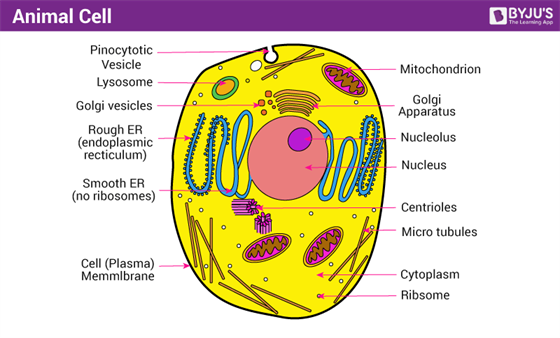
A Well Labelled Diagram Of Animal Cell With Explanation

Pin On Classical Conversation Cycle 1

Difference Between Plant Cell And Animal Cell Module 2 Plant Cells Have Rectangular Shape A Cell Wall Chlor Science Cells Plant Cell Plant And Animal Cells
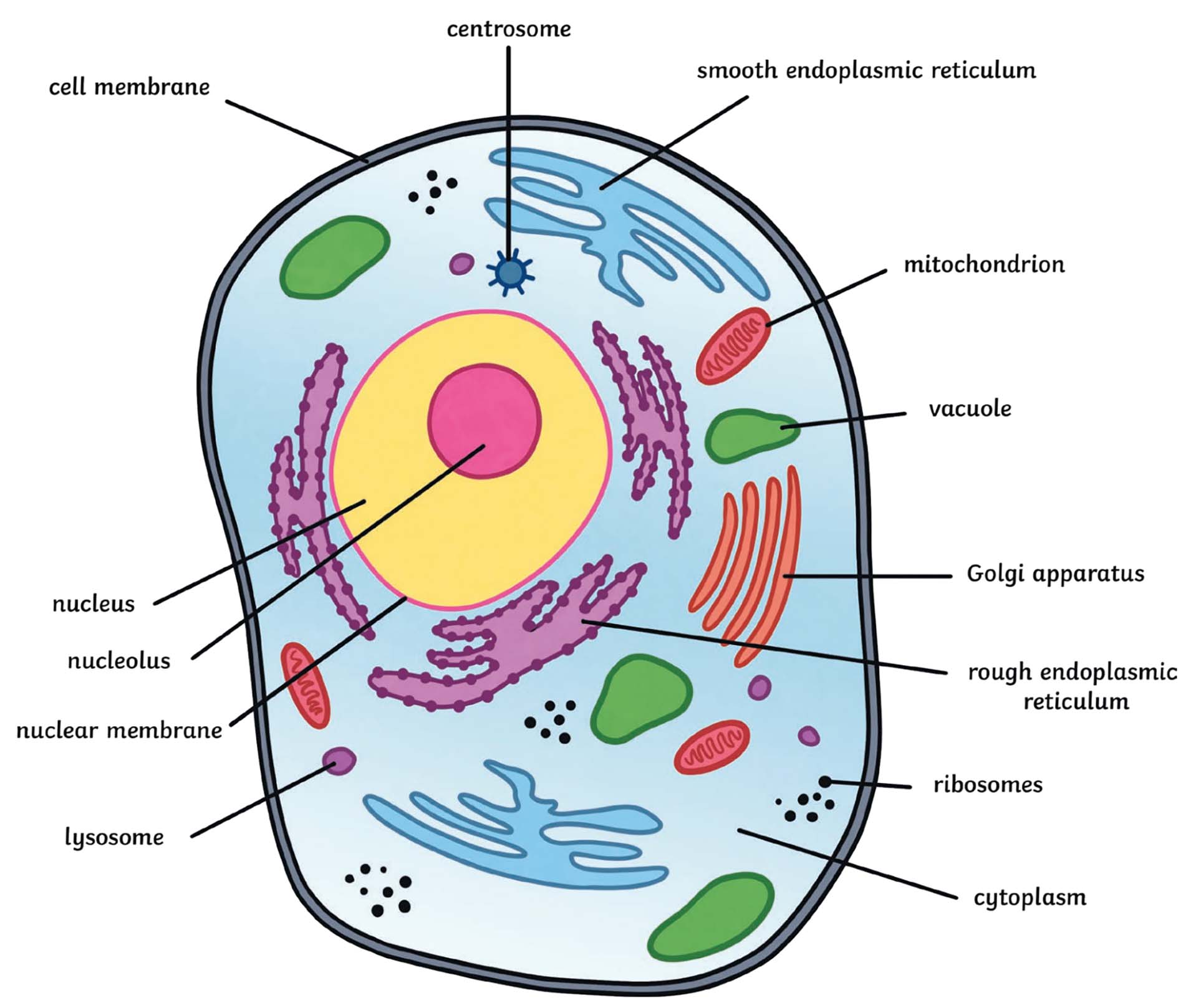
What Is An Animal Cell Definition And Functions Twinkl

Plant Vs Animal Cells Review Article Khan Academy

Plant Vs Animal Cell Venn Diagram Plant And Animal Cells Animal Cell Venn Diagram

The Structure Of An Animal Cell Differs Slightly From A Plant Cell In Terms Of Shape Protective Covering And O Animal Cell Animal Cell Functions Cell Diagram

Plant And Animal Cell Worksheet And Fill In The Blank Animal Cell Cells Worksheet Plant And Animal Cells

Pictures Of Plant And Animal Cells To Color Through The Thousand Photos On The Internet Concerning Animal Cells Worksheet Plant And Animal Cells Animal Cell
Comments
Post a Comment